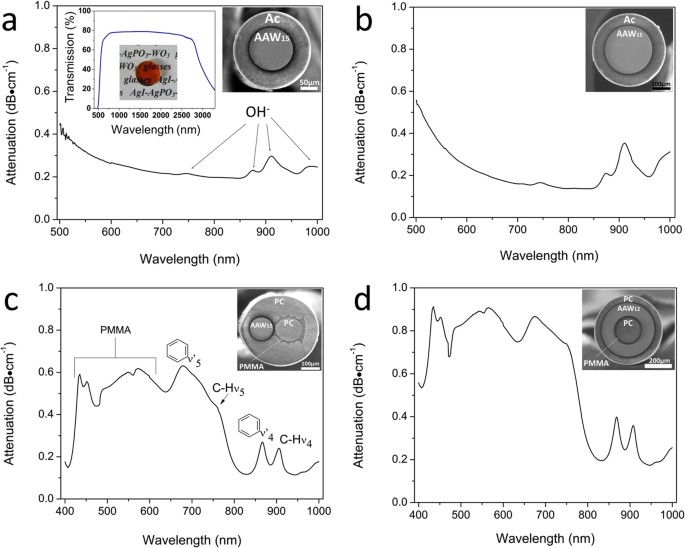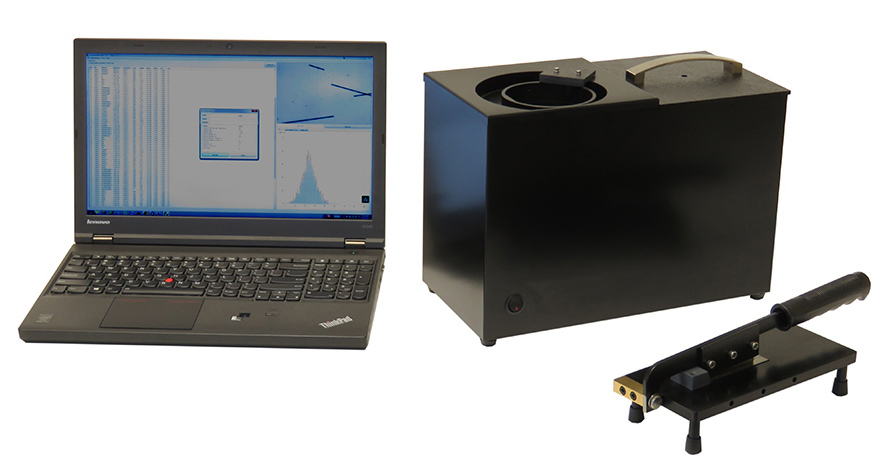Discover the Ideal Optical Fibre Diameter Analyser for Your Business
Discover the Ideal Optical Fibre Diameter Analyser for Your Business
Blog Article
Optimize Your Fiber Optic Performance: Comprehending Optical Fiber Size Analyser Modern Technology
The efficiency of fiber optic systems is seriously influenced by the accuracy of their diameter, an element typically ignored in the search of optimum signal stability. Comprehending the technology behind optical fibre diameter analysers discloses the complex balance between dimension precision and manufacturing high quality. These tools not just boost compliance with industry criteria however also offer real-time insights that can preemptively address potential concerns. The effects of their usage extend past simple measurement; they can basically modify the landscape of fiber optic performance. What factors should one consider to harness their complete possibility?
Value of Optical Fiber Diameter
The diameter of optical fibre plays a critical duty in figuring out the efficiency and efficiency of interaction systems. On the other hand, smaller sizes tend to sustain fewer settings, which can enhance signal clarity and minimize crosstalk.

Furthermore, recognizing the diameter's ramifications can bring about cost financial savings by reducing the requirement for signal amplification and repeaters in comprehensive networks (optical fibre diameter analyser). Finally, the importance of optical fibre size can not be overstated, as it straight influences the general performance and reliability of modern communication systems

Just How Diameter Affects Signal Quality
Signal high quality in optical fibre systems pivots substantially on the diameter of the fibre. A smaller sized diameter can lead to higher depletion rates, resulting in signal loss as light trips through the fiber.
Alternatively, larger sizes generally permit boosted light capture and minimized modal dispersion, enhancing signal clearness. In multimode fibers, a bigger core diameter can support numerous light modes, yet it might also present intermodal diffusion, which can weaken signal top quality. Consequently, picking the optimal fibre size is crucial for accomplishing the desired performance in certain applications.
Additionally, the interaction in between the fiber diameter and the wavelength of the light used plays a critical duty in identifying the reliable transmission distance and total signal honesty. Recognizing just how fibre size impacts signal high quality is essential for network developers and designers making every effort to optimize optical fibre systems for reliable, high-speed data transmission.
Review of Diameter Analyser Modern Technology
In many optical fibre production processes, precise dimension of fibre size is important for ensuring constant efficiency and top quality (optical fibre diameter analyser). Diameter analysers are advanced tools created to assess the physical dimensions of optical fibers with high accuracy. They use sophisticated optical and laser technologies to measure the diameter, ovality, and concentricity of the fiber, hence giving vital information for quality assurance
These analysers can operate in-line throughout the production procedure or as part of off-line testing protocols. In-line systems enable real-time tracking, enabling suppliers to readjust parameters promptly, thus preserving ideal manufacturing problems. Off-line analysers, on the various other hand, give comprehensive assessments of batches, making sure that any kind of inconsistencies from specified tolerances are identified and dealt with.
Diameter analysers considerably contribute to the reduction of issues in optical fibres, enhancing total item dependability. By continually determining crucial parameters, these technologies go to my site facilitate compliance with sector criteria and specifications. As the need for high-performance optical fibres continues to rise, the duty of diameter analysers becomes increasingly vital in attaining the wanted high quality and efficiency standards in fibre optic systems.
Key Attributes of Fiber Diameter Analysers
Although various versions of fiber diameter analysers exist, they frequently share a number of vital attributes that improve their functionality and dependability. One of one of the most substantial attributes is high-resolution measurement capacities, which ensure exact diameter readings, crucial for keeping quality assurance in fiber production. In addition, numerous analysers include advanced optical sensing units designed to identify minute variations in fiber diameter, thus supplying indispensable information for process optimization.
Another vital attribute is real-time surveillance, allowing operators to obtain immediate comments on fiber size throughout the manufacturing process (optical fibre diameter analyser). This capability assists in fast adjustments and minimizes the probability of defects. Several analysers also come furnished with user-friendly user interfaces, making it possible for Home Page operators to quickly browse via data and setups results
Furthermore, durable data storage and evaluation functionalities are crucial for tracking historical performance trends and ensuring conformity with sector criteria. Some versions even use connection alternatives for combination into existing production control systems, boosting total functional efficiency. Mobile and small styles enable for adaptable implementation within production atmospheres, making sure that high quality assurance processes are seamless and effective. These attributes jointly contribute to the effectiveness of fibre size analysers in enhancing fiber optic efficiency.
Ideal Practices for Fiber Optimization

First, regular calibration of optical fibre size analysers is essential. This makes certain precise dimensions and decreases prospective inconsistencies that can impact performance. Next off, maintaining a tidy workplace is essential; dirt and pollutants can lead to indicate deterioration.
In addition, it is essential to choose fibers that meet details application requirements. This involves examining factors such as attenuation, transmission capacity, and ecological problems. Proper installation strategies must likewise be adhered to, consisting of staying clear of sharp bends and excessive stress, which can jeopardize fiber integrity.
Moreover, using advanced surveillance systems can facilitate real-time performance assessments, enabling prompt identification of concerns. Regular screening and maintenance need to be performed to make sure that fibers continue to be within ideal functional criteria.
Lastly, training employees on the current fiber optimization modern technologies and techniques will improve their capacity to carry out effective techniques. By following these ideal practices, companies can dramatically boost the performance and lifespan of their optical fiber systems, making sure reliable interaction and information transfer.
Conclusion
In conclusion, the combination of optical fibre size analyser modern technology is essential for making best use of fiber optic efficiency. By making certain precise dimensions of fiber dimensions, these analysers substantially boost signal top quality and lower losses throughout information transmission. Normal calibration and upkeep of the analysers are vital to maintain click here to read ideal performance and conformity with market standards. Eventually, the application of this innovation helps with improved data transmission prices and reinforces signal stability, adding to the total performance of fibre optic systems.
Signal quality in optical fiber systems hinges significantly on the diameter of the fibre.In many optical fiber manufacturing processes, precise dimension of fiber diameter is vital for making sure constant efficiency and top quality. As the demand for high-performance optical fibers continues to climb, the role of diameter analysers comes to be progressively essential in accomplishing the wanted quality and efficiency criteria in fiber optic systems.
These attributes jointly contribute to the effectiveness of fiber diameter analysers in enhancing fiber optic performance.
In verdict, the integration of optical fibre diameter analyser technology is vital for optimizing fibre optic performance.
Report this page